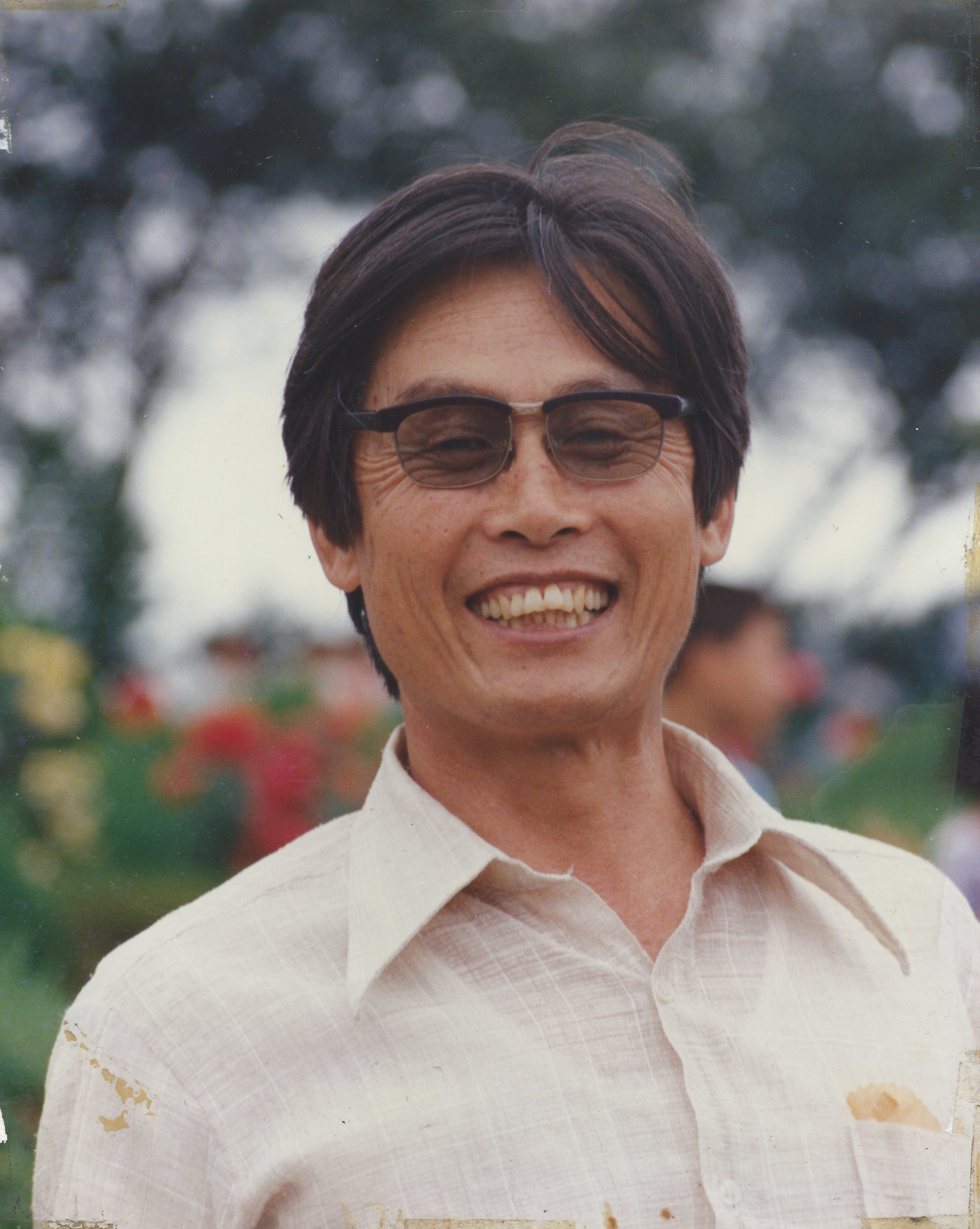반응형
If you want to see korea's cleanest Sea and various creatures, I’d like to suggest trying octopus, fishing and hiking in Ulleungdo Island. There are many vegetable foods using various herbs, and these foods are hard to see inland. It is recommended to hike along the sea trail, and you will be able to see the vast and clean sea that you have never seen in the East Sea. What’s more, if you are lucky, you can go to Dokdo, which is located in the easternmost part of our country. One thing to note is that Ulleungdo Island is windy, so it is windy at night and there are not many people during the night, so it is better to go out with a light when you go out at night. Another thing to note is that the only way to get to Ulleungdo Island is to take a boat, but it is better to take medicine for motion sickness because the boat shakes a lot and takes a long time. I hope you will have time to get out of your daily life and take care of yourself through a comfortable rest by eating delicious food, seeing beautiful scenery, biting and catching.
.
#Ulleungdo (also spelled Ulreungdo; Hangul: 울릉도, IPA: [ulːɯŋdo]) is a South Korean island 120 km (75 mi) east of the Korean Peninsula in the #EastSea, formerly known as the Dagelet Island or Argonaut Island in Europe. Volcanic in origin, the rocky steep-sided island is the top of a large stratovolcano which rises from the seafloor, reaching a maximum elevation of 984 metres (3,228 ft) at Seonginbong Peak. The island is 9.5 kilometres (5.9 mi) in length and 10 kilometres (6.2 mi) in width; it has an area of 72.86 km2 (28.13 sq mi). It has a population of 10,426 inhabitants.
.
The island makes up the main part of Ulleung County, North Gyeongsang Province, South Korea and is a popular tourist destination. The main city of Ulleung-do is the port of #Dodong (도동; 道洞), which serves as the main ferry port between Ulleung-do and the South Korean mainland. After tourism, the main economic activity is fishing, including its well-known harvest of squid, which can be seen drying in the sun in many places.
.
The island consists primarily of trachyandesite rock. A major explosive eruption about 9,350 years ago reached a Volcanic Explosivity Index of 6 and deposited tephra as far as central Honshū over 800 km (500 mi) away, while producing pyroclastic flows on the island and decapitating its top to form a caldera.
.
Archaeological evidence indicates that the island has been inhabited since the 1st millennium BC. The first confirmed historical reference to Ulleung-do is in the Samguk Sagi for the year 512. In that year, the Silla general Kim Isabu conquered the island, which had previously been the autonomous nation of Usan-guk. Some accounts relate that he used a number of wooden lions to intimidate the population, threatening to turn them loose unless they surrendered.
.
Usan-guk did not remain under the Silla rule, however, and the island did not become a permanent political part of Korea until 930, when it was annexed by Goryeo. Remote as it is from the Korean mainland, Ulleung-do was a recurrent security headache for the Goryeo and Joseon dynasties. It was devastated by Jurchen pirate raids in the 11th century, and by Wokou pirate raids in the 14th century. A clash with Japan over fishing rights in the 1690s was precipitated by the Korean fisherman An Yong-bok. In response to these difficulties, Joseon adopted an "empty-island" policy which however proved impossible to enforce. The empty-island policy was officially rescinded in 1881, after which the government sought to encourage additional settlement of Ulleungdo.
.
American whaleships cruised for right whales off the island between 1848 and 1892. Some went ashore nearby Jukdo to club pinnipeds.
.
Favorite activities for tourists are hiking, fishing, and eating hoe (a Korean raw fish dish). Sightseeing boats make regular three-hour circuits about Ulleung-do, departing from the harbor at Dodong and passing by all the points of interest along the coast, including many interesting rock formations and the small neighboring island of Jukdo. Other scenic sites are Seonginbong, the highest peak on the island (984 m (3,228 ft)); Bongnae waterfall; the "natural icehouse"; and a coastal cliff from which the Liancourt Rocks can be discerned in the distance.
.
+++






















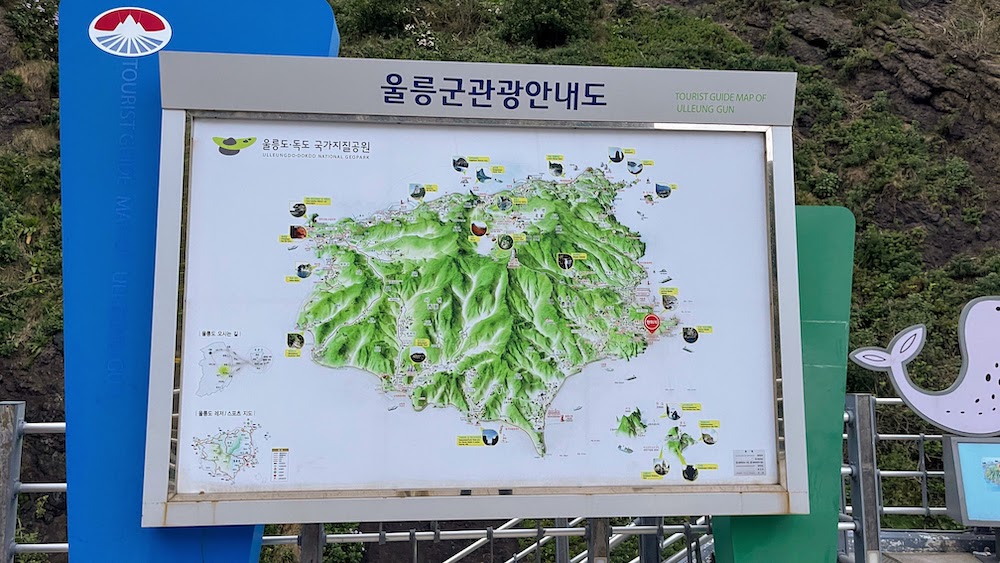





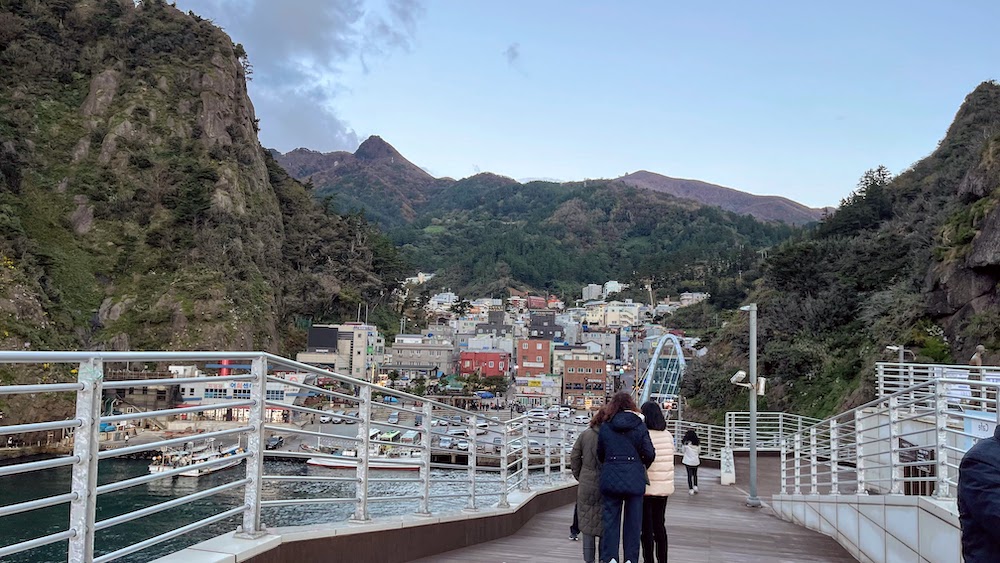
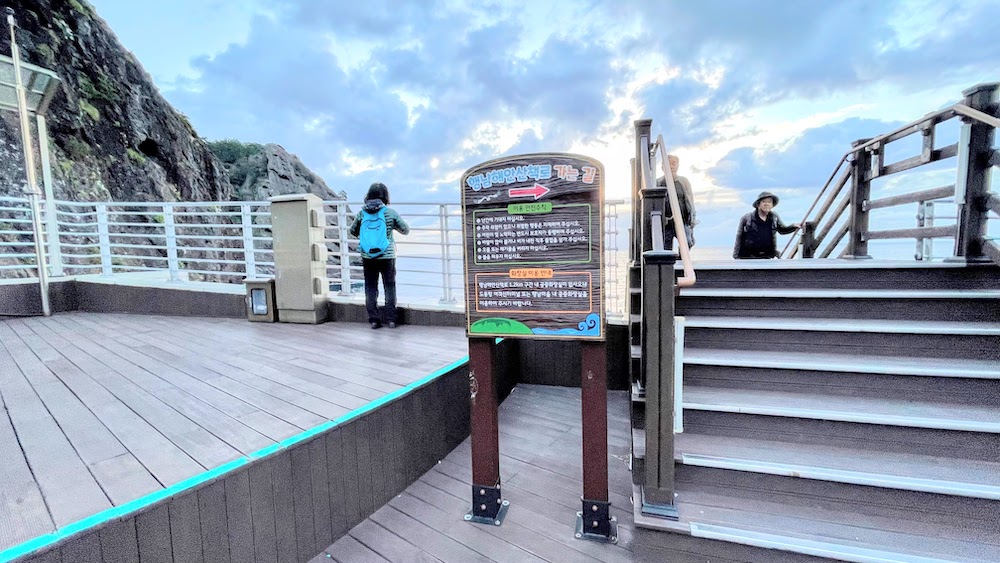
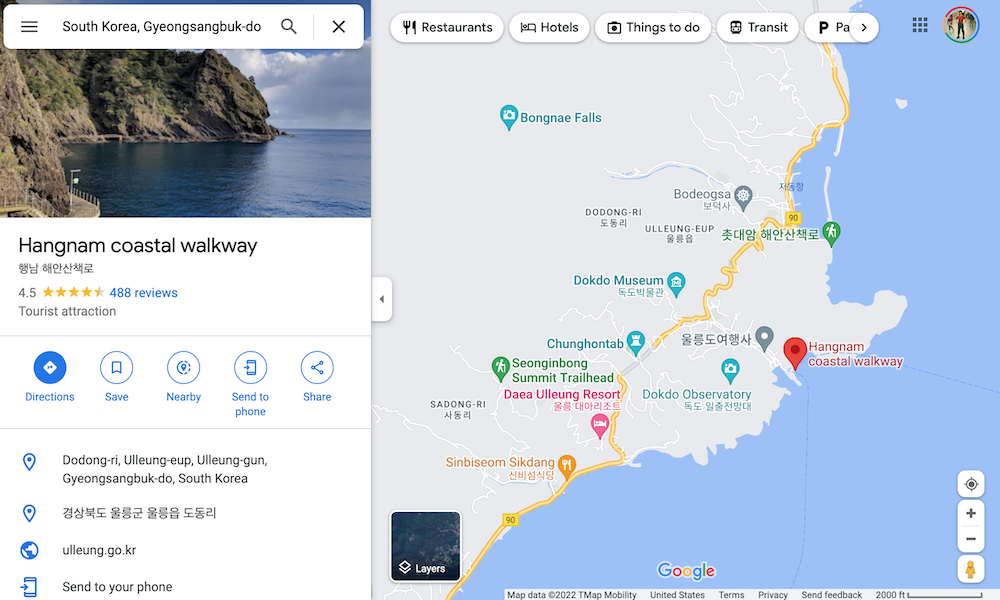

















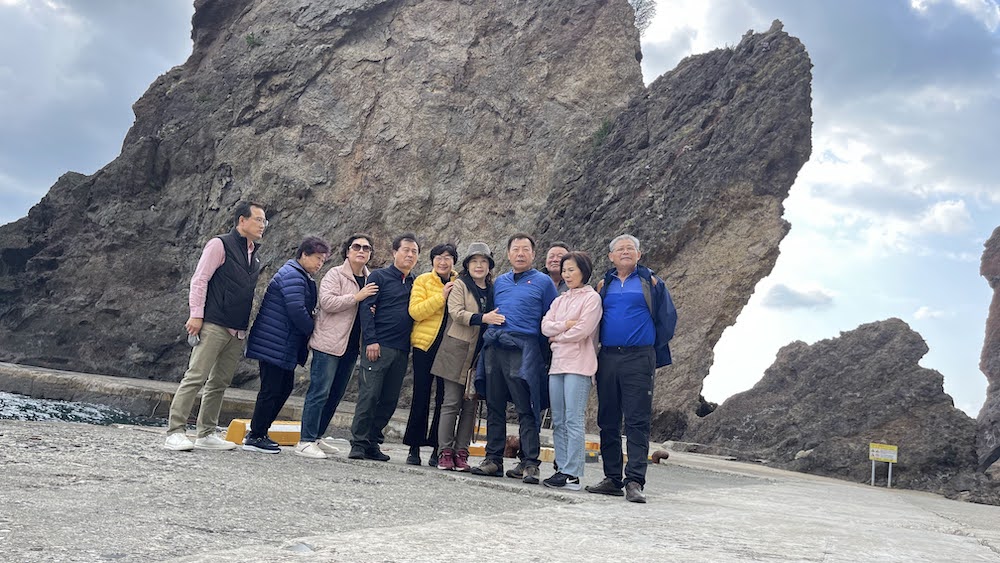
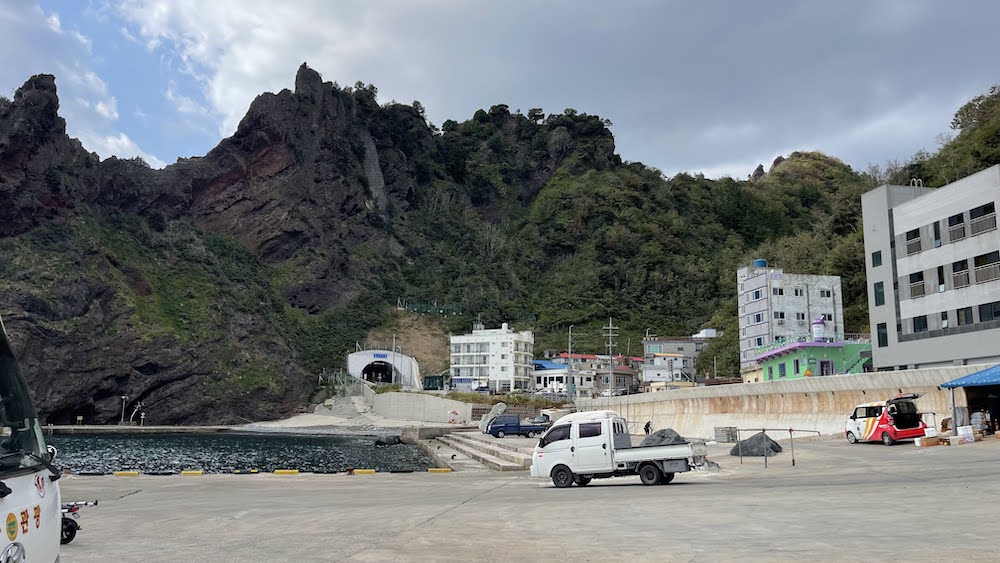



























































































반응형
'1. Dr. Sam Lee > 여행스케치' 카테고리의 다른 글
| 120. Yusong Foot Spa, Sokcho Hamheung Naengmyeonok, Gimpo Jeollyu ri Port Raw Fish Town (0) | 2022.11.12 |
|---|---|
| 119. History of Ulleungdo and Dokdo, South Korea (0) | 2022.11.11 |
| 116. Gangneung to Jeodong Ulleungdo by Ferry (0) | 2022.11.07 |
| 115. Dokdo, the first island in Korea that greets the rising sun in the morning (0) | 2022.11.06 |
| 114. Seonginbong, Ulleungdo, in North Gyeongsang Province (0) | 2022.11.05 |
